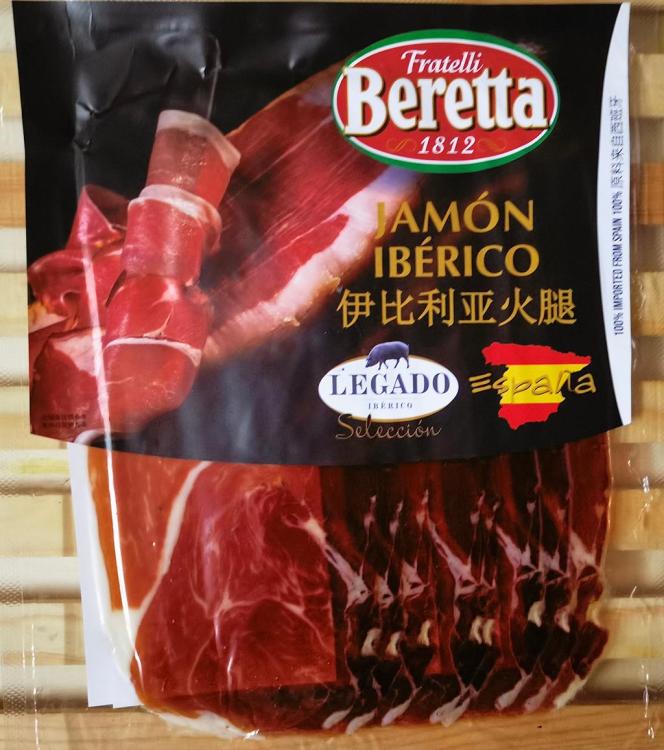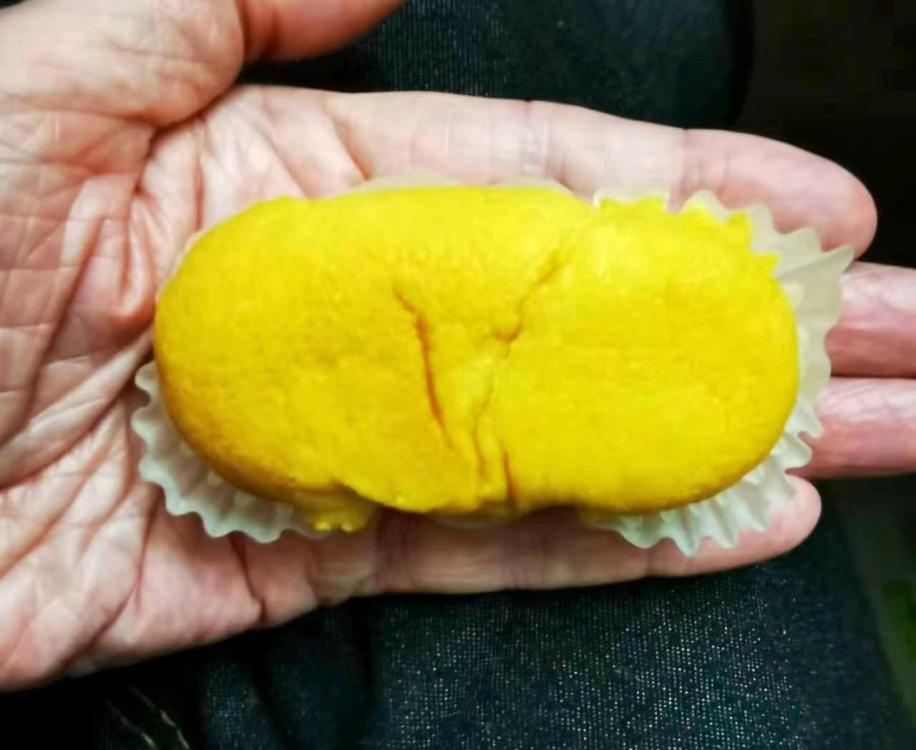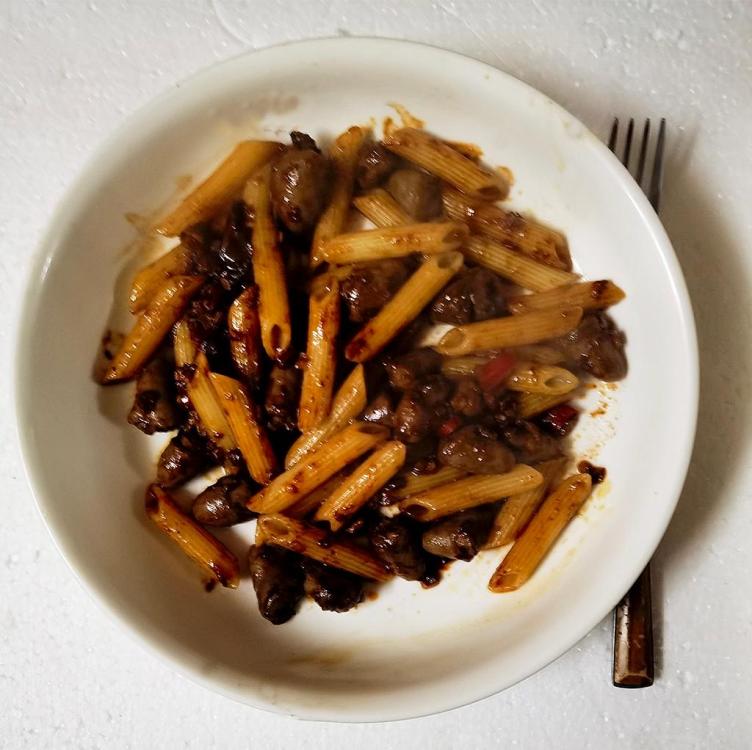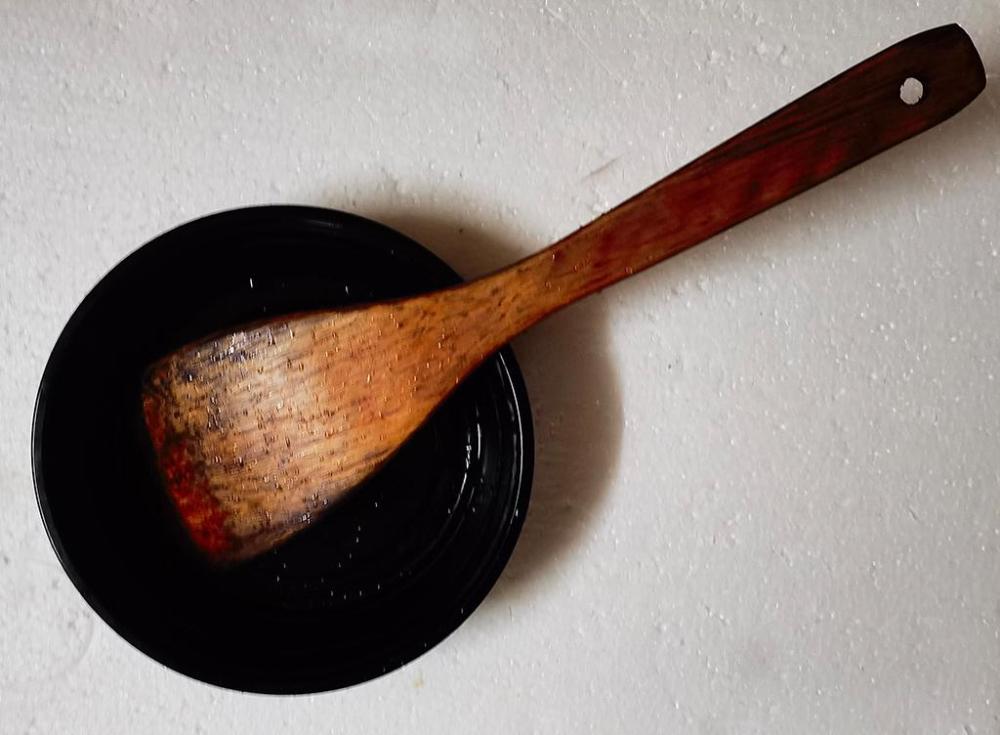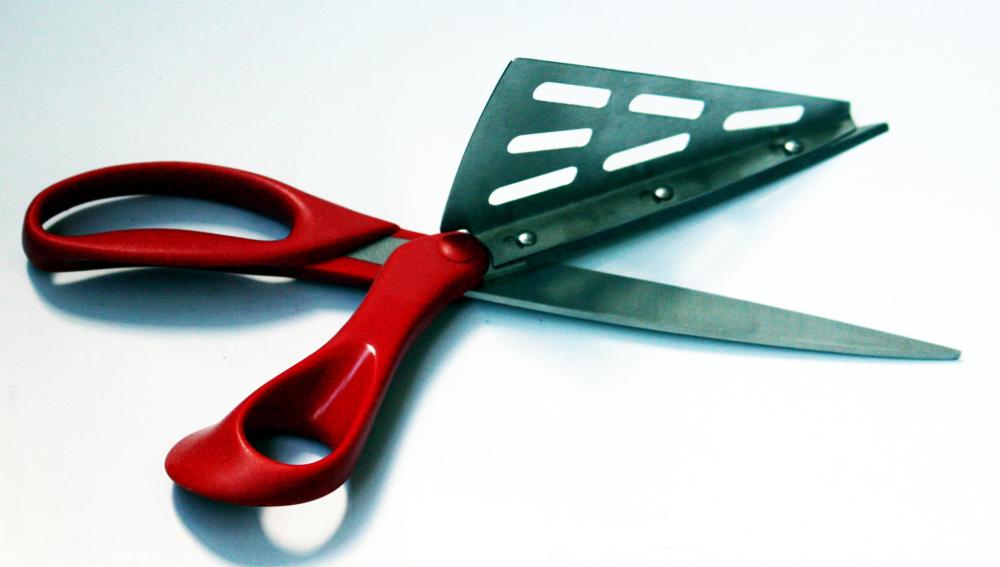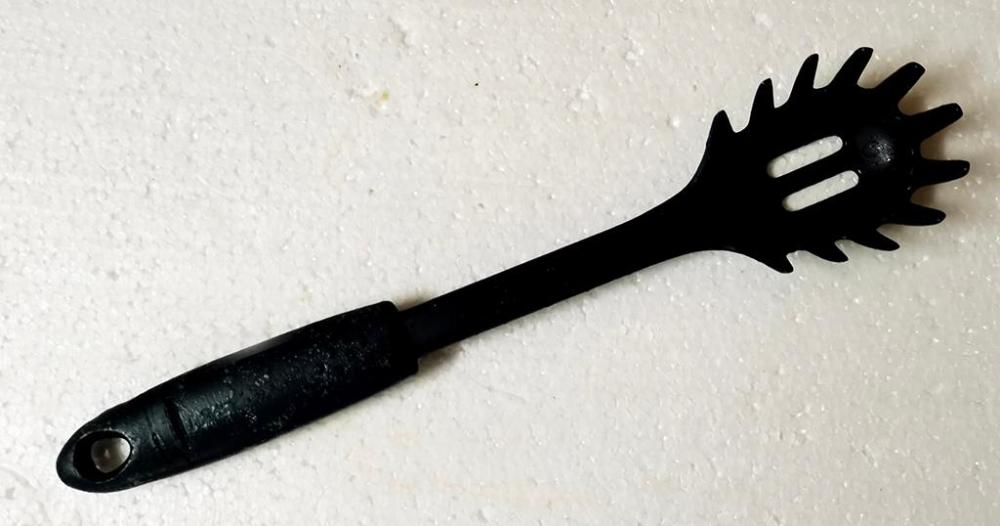-
Posts
16,673 -
Joined
-
Last visited
Content Type
Profiles
Forums
Store
Help Articles
Everything posted by liuzhou
-
Brieland's finest is easy for me to source. Good French bread is a distant dream.
-
You have a lot more self-discipine than me. When I open the the packet it's pretty much all over!
-
I have again bought some expensive Jamón Ibérico imported to China from Ibericaland. Normally I just eat it as is. Any other suggestions?
-
Most fried rice in East and South-East Asian cooking has no egg. Except for egg fried rice, obviously. The most famous Chinese version, 扬州炒饭 (yáng zhōu chǎo fàn), Yangzhou Fried Rice does not traditionally contain egg.
-
There are plenty of bad Chinese cooks, but they tend not to entertain, prefering to leave the cooking to someone else.
-

Various Asian sauces/condiments/products premium brand guide?
liuzhou replied to a topic in Kitchen Consumer
I hope not! It's a perfectly good topic. You want to learn something. Asking is good! I know a bit about Chinese and some other Asian food because that's where I live and eat, but there is a world of other cuisines I know nothing about. If I get into those for whatever reason, I'll be asking a load of questions. And I would love to see your picture of the Shaoxing you found and perhaps transcribe the brand for you! -

Various Asian sauces/condiments/products premium brand guide?
liuzhou replied to a topic in Kitchen Consumer
That was my intention. Premium help! -

Various Asian sauces/condiments/products premium brand guide?
liuzhou replied to a topic in Kitchen Consumer
The joys of marketing. -

Various Asian sauces/condiments/products premium brand guide?
liuzhou replied to a topic in Kitchen Consumer
I'm not sure what 'Jiaoxing wine' is although I have been to Jiaoxing. Did you mean Shaoxing? These wines are only salted in the USA and Canada because of the local alcohol licencing laws. Salting it renders them undrinkable and allows them to be sold in stores without liquor licences. They are not salted in China! Lee Kum Kee is not what I would consider a 'premium' brand. It is the Chinese equivalent of Heinz. All MSG is the same. -
No. Never. I have been invited to "Western" restaurants, though.
-
I've moaned and complained about Chinese bread before. There is very little. 99% is like this. Labelled in Chinese and English (no French) as "Soft French Bread", only one of which descriptors is accurate . It's soft. It is neither French nor bread. It's bad, over sweet sponge cake. Ingredients listed (in Chinese only) are wheat flour, margarine, sugar, egg, high fructose corn syrup, refined vegetable oil, whole milk powder, shortening, yeast, gluten, salt, food additives (sodium bicarbonate, sodium dehydroacetate, calcium stearyl lactate, sucrose fatty acid ester, sorbic acid ascorbic palmitate, novolac, citric acid), maltose syrup, edible alcohol, edible spices. Shelf life 6 months. Sacré blue!
-
I've gone Sino-Italian! Penne with chicken hearts cooked with garlic, chilli, Shaoxing wine and doubanjiang.
-
Sorry, I hate the things. China recently discovered them and now everything comes with stupid squiggles all over it. Used sensibly, they are useful, but when just overused for unwanted "decorating" by people who couldn't draw a curtain, they are instruments of torture.
-
I use these plastic meal delivery bowls. They are made from some heavy duty, heat tolerant type of plastic and are easily washable. For tasting, I too use plastic spoons. Every delivery comes with a set of disposable chopsticks (I prefer my own) and a small plastic spoon. I seldom use the chopsticks, but have dozens of the spoons from the time around the turn of the year when I was sick and unable to cook.
-
I've mentioned this before in another topic, but my most ridiculous gadget is probably these "pizza scissors" with built-in wedge carrier. They work OK but a rolling pizza slicer is much simpler.
-
I give up! It gets worse! I just learned that since the Covid regulations were relaxed, thousands of the braindead so-called "influencers" and vacuous YouTube egotistical time wasters are flooding into China from all over the world to film themselves eating luosifen!
-
-
Indeed. But the conversation has widened since, as they often do. The title is a clue! At least, I posted about a cleaver. You posted about something decidedly not a cleaver, as you took the trouble to point out. You may know what a 菜刀 is but there are others in the conversation, who may not.
-
I'm not sure why you think that. The topic is about cleavers, which surely includes bone cleavers. A good bone cleaver is not only thick, but heavier. Your knife is less than half the weight of my cleaver. It's almost the same weight as my regular cleaver (菜刀 - cài dāo, literally "vegetable knife", but also meaning "food knife".)
-
It does that, too. I always weigh my pasta portions.
-
I have a well-used plastic one with holes in the centre to measure dry noodle portions, not that I ever use that function. I do use it all the time for retreiving not only Chinese noodles, but also for pasta and even for lifting boiled eggs out of their pan. Wouldn't be without it. They are very common here. I've never see a wooden one here.
-
This is my bone cleaver. 1.2 kg of knife. I mainly use it for chopping pork or beef ribs into chopstick wieldable pieces as people do round here. Bought in China, of course.




